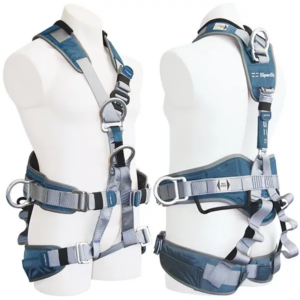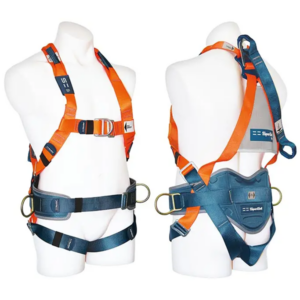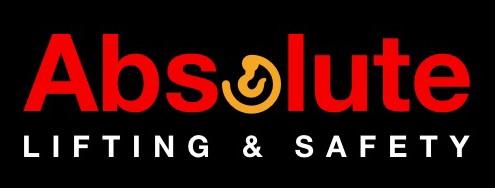HARNESS INSPECTIONS

About Australian Standards
Australian Standards recommend the life of a harness to be 10 years from the date of manufacture, if no damage has been sustained prior or in the meantime. Inspection by a competent person is recommended every 6 months in accordance with the manufacturer’s recommendations. The harness is to be withdrawn from use if it shows any form of degradation during this inspection. Refer to AS/NZS 1891.4:2009 for further guidance on harness selection, use, inspection and maintenance.
Harness Inspections
The operator shall inspect the product before and after each use. Check for excessive wear or damage of all webbing, thread, and metal components. Refer any signs of deterioration to a competent person for a decision on the safety and serviceability of the product.
WARNING: Harnesses and lanyard assemblies should be destroyed or returned to the manufacturer for inspection if a fall has been sustained.
Checking the Straps
Run your hands over the straps and ensure all webbing is free from abrasion, dirt, cuts, tears, burns and pen marks, overspray, chemical and UV damage, worn or crushed fibres, discolouration and knots. Once
Check the Harness Swen areas
Check the harness’ sewn areas for damaged stitch patterns, broken or loose threads, heat damage or stretching.
Check each Buckle
Check each buckle, D-ring or attachment point is in perfect working condition with no distortion, cracking, corrosion, rust, abrasion or missing components.
Check Labels and Tags
Ensure all labels and tags are present and clearly legible. If any defects are found during this checking process you should remove the harness from service immediately and tag it “Out of Service”. If more than 10% wear is determined, tag the unit and remove it from service.
Harness Inspections after each use
After each use, wipe down the product to remove any dust or dirt. If there is any sign of contaminants such as oil, grease, paint etc., Tag the product as unfit for use and refer it to a competent person for inspection.
WARNING: If any part of an assembly is to be exposed to chemicals (eg: cleaning materials or hazardous atmospheres), the user should consult the manufacturer to determine whether the part is suitable for continued use.
Store the product away from direct sunlight, excessive dust and moisture and corrosive atmospheres.
-

Ferno Centrepoint II Full Body Harness
Read more -

ERGO 1800 iPlus Harness
Read more -

ERGO 1107 iPlus Harness
Read more -

ERGO 1104 iPlus Harness
Read more -

ERGO 1100 iplus Harness
Read more -

ERGO 1800 Harness
Read more -

ERGO 1500 Harness
Read more -

ERGO 1300 Harness
Read more -

Ergo 1150 Harness
Read more -

ERGO 1107 Harness
Read more -

ERGO 1104 Harness
Read more -

ERGO 1100 Miners Harness
Read more
